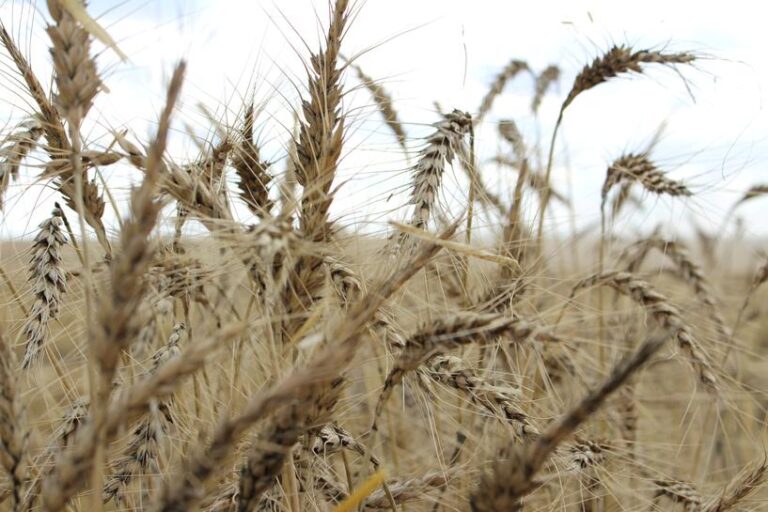
SYDNEY (Reuters) – Australian wheat farmers are the unexpected beneficiaries of the country’s most devastating floods in more than half a century, with the deluge priming their land just in time for the major planting window next month.
While the recent downpour has caused widespread damage – submerging houses, sweeping away livestock and smashing roads – the impact for the wheat industry is providing something of a silver lining.
After harvesting their biggest ever wheat crop last season, the flooding – or at least drenching – in large parts of the country’s main eastern wheatbelt is improving soil moisture for crop planting.
“We’ve got a good start so at least we have an opportunity to have another good year,” said Matthew Madden, a grains farmer from the major wheat-growing area of Moree, in New South Wales, the state worst affected by the flooding.
“There are some individuals suffering with damage, but in general, it is shaping up as another really good season,” he said, adding that his own farm was underwater.
Relentless rains for five straight days – the worst downpour in more than half a century – burst river banks, inundating homes, roads, bridges and farms and cutting off entire towns in Australia’s east.
Other farmers have not been so lucky, including cotton growers who are currently harvesting, and the floodwaters are expected to interfere with supply chains.
But the damage is more limited in the flat agricultural plains of NSW, which underpinned the 2020/21 record wheat harvest of more than 33 million tonnes.
In fact, the slow moving waters are a benefit for Australia’s main agricultural crop, which brings in export earnings on average of about A$6 billion ($4.5 billion) each year, according to government data.
“It is very, very unlikely that we will get a bad national crop now,” said Phin Ziebell, agribusiness economist at National Australia Bank. “With the amount of moisture in the soil, we are locked in for at least an average year and possibly better.”
The upbeat sentiment marks a turn-around from just 18 months ago, when drought ravaged Australia’s eastern states.
Tracy Blackburn, who runs sheep and cattle, and grows crops including wheat near the NSW regional city of Dubbo, said the soil was already wet even before the torrential rains hit.
“There’s a full moisture profile everywhere, plus ten inches,” said Blackburn, referring to the flooded areas.
“It is setting us up for a very nice season.”






